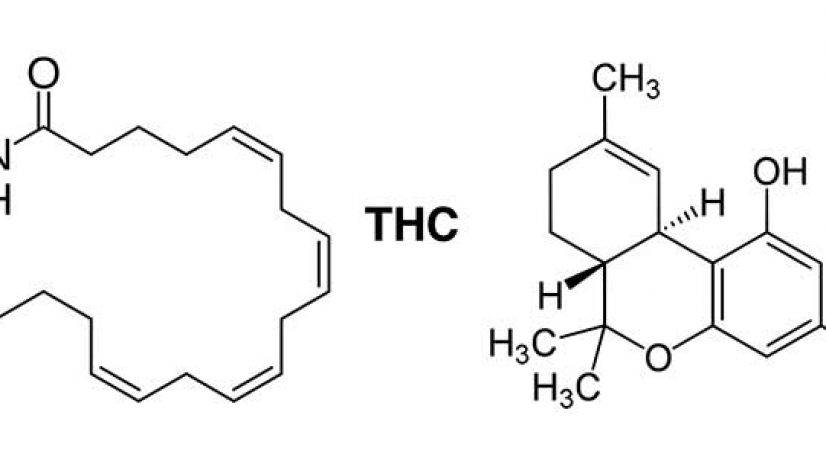Stoned Science: Cannabinoid Receptor-1 (CB-1) & THC
The post Stoned Science: Cannabinoid Receptor-1 (CB-1) & THC appeared first on High Times.
In the observable world around us, there are processes happening that are seemingly magical, such as trees growing to produce oxygen or even the division of cells as means of reproduction. Every process one can imagine is a function of the collection of atoms abiding by the laws of physics. Therefore, how these atoms are arranged (structure) can give us intimate detail about how they do what they do (function). Back in July of 2016, just one year ago, the THC receptor cannabinoid receptor-1 (CB-1) was discovered. This was, and is, a huge deal as the discovery tells us the three-dimensional position of all of the atoms inside the protein.
This particular class of proteins is called g-protein coupled receptors (GPCRs), which are some of the most important receptors in the human body, accounting for over 60 percent of all drug targets. These receptors are important because they regulate a phenomenon known as cellular signal transduction, a means of communication both between two or more cells and within a single cell.
CB-1 is known to regulate the release and uptake of calcium channels in dopaminergic, dopamine-producing neurons, which, in turn, tell the neuron to release neurotransmitters or hold them.
CB-1 is paramount to the normal functioning of the human body; it isn’t just a fun button that THC can press. There are many other chemicals that are naturally produced by the body to bind to it and affect its structure.
Our bodies naturally produce a chemical known as anandamide (pictured below), which affects our brains in such a way that produces ‘normal’ thought. Since both THC and anandamide bind to CB-1, they must have different effects on the structure.
Earlier this year, researchers solved the structure of CB-1 bound to two different types of agonists (activator molecules). One such agonist is a very close analogue of the famous THC. This means that we will have not only insight into the structure of the receptor, determined last year, but now we will gain some insight into the dynamics, or movement, of the receptor.

CB-1 is involved in many processes throughout our bodies and psyches, meaning that it too is involved in many diseases and abnormalities. Some of these include obesity, Alzheimer’s and epilepsy. It has already been demonstrated that THC can help ameliorate the symptoms of the aforementioned diseases. That being said, the structure of CB-1 with THC bound can help us understand both how, and why, THC and other cannabinoids have beneficial effects.
Furthermore, it will help us gain a more fundamental understanding of the biochemistry of the brain. So the next time you find yourself tokin’ a smoke, appreciate the beauty of the situation in its entirety, from the thought-provoking cosmic ideas down to the microscopic, nanoscopic details.
The post Stoned Science: Cannabinoid Receptor-1 (CB-1) & THC appeared first on High Times.


